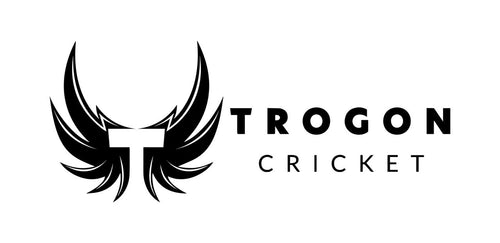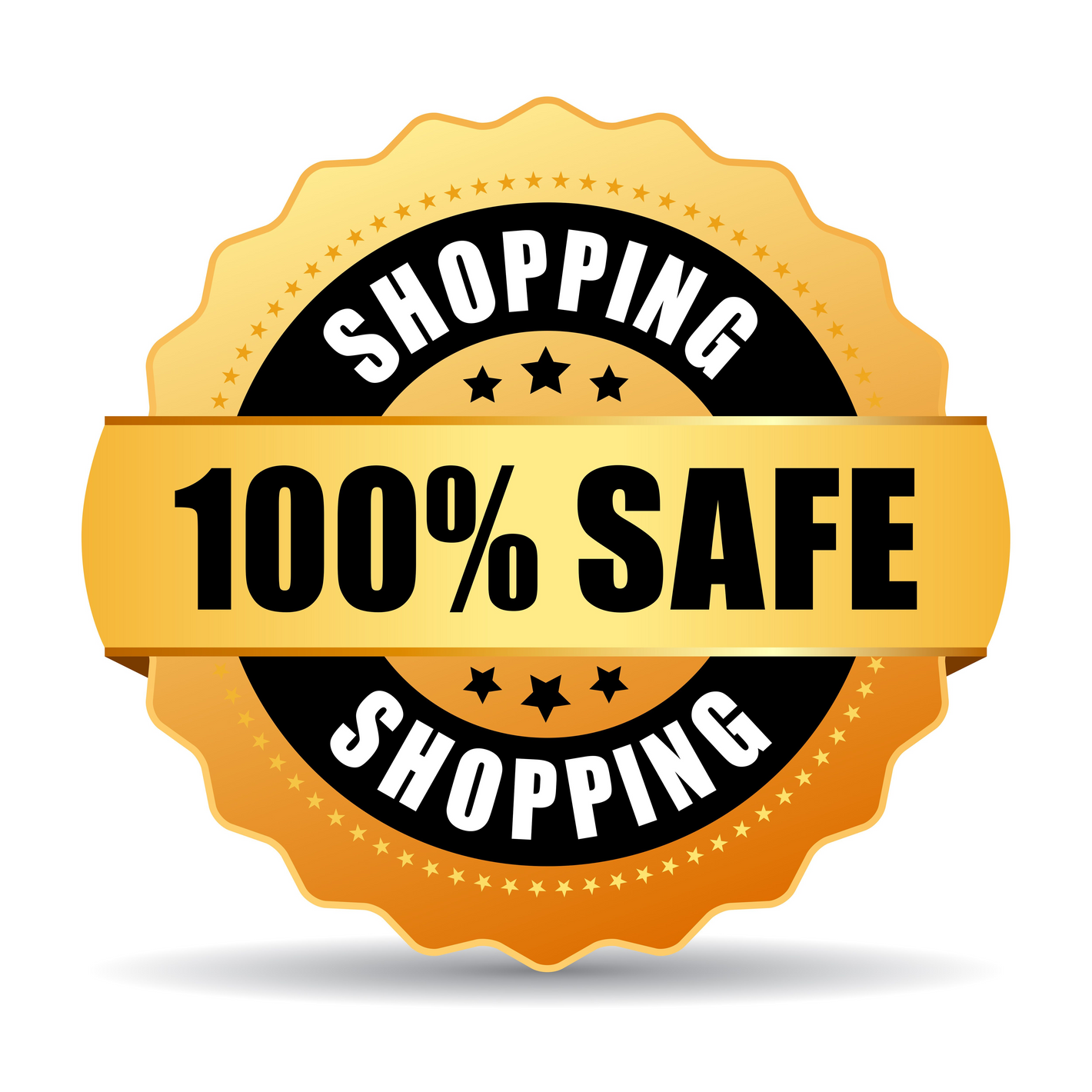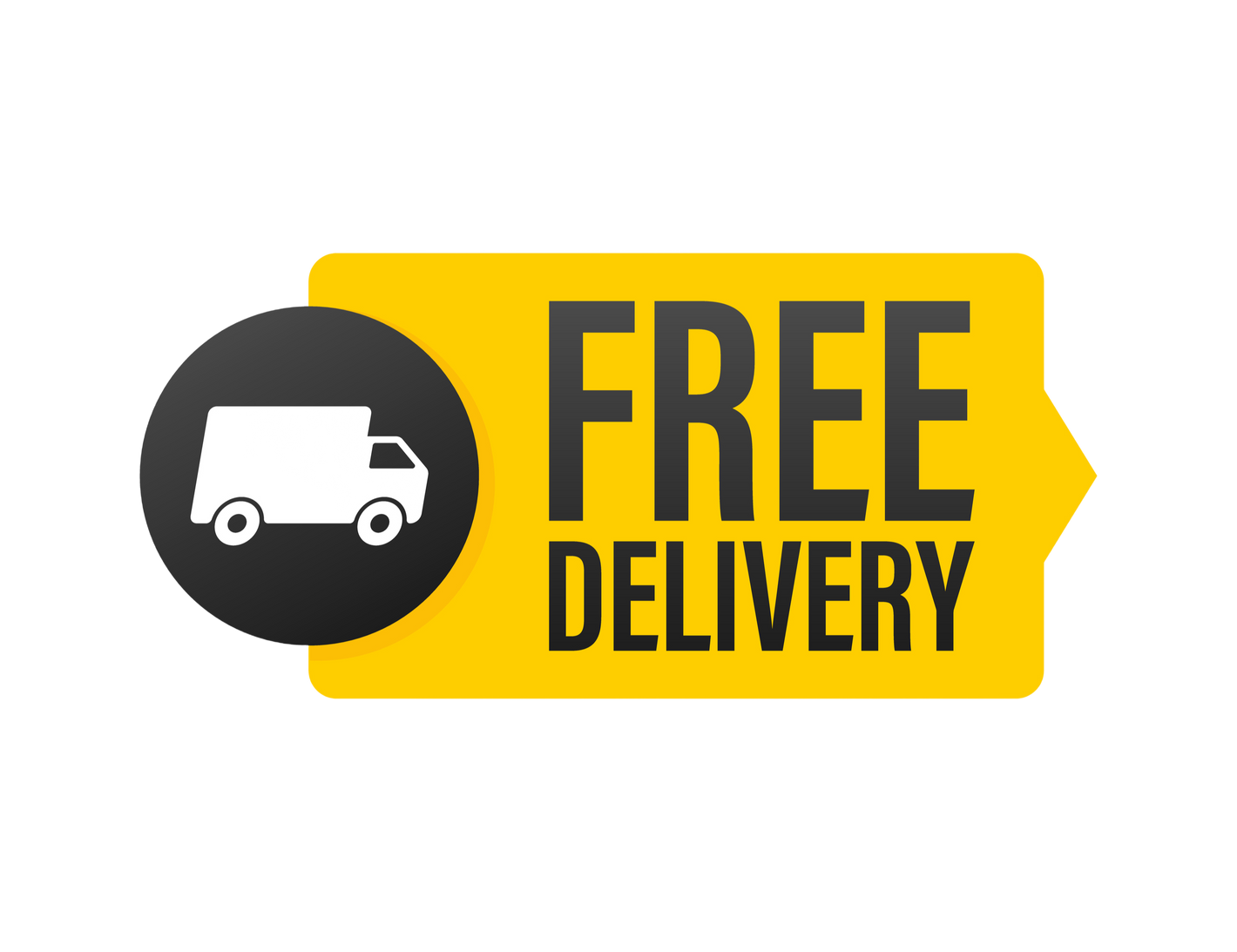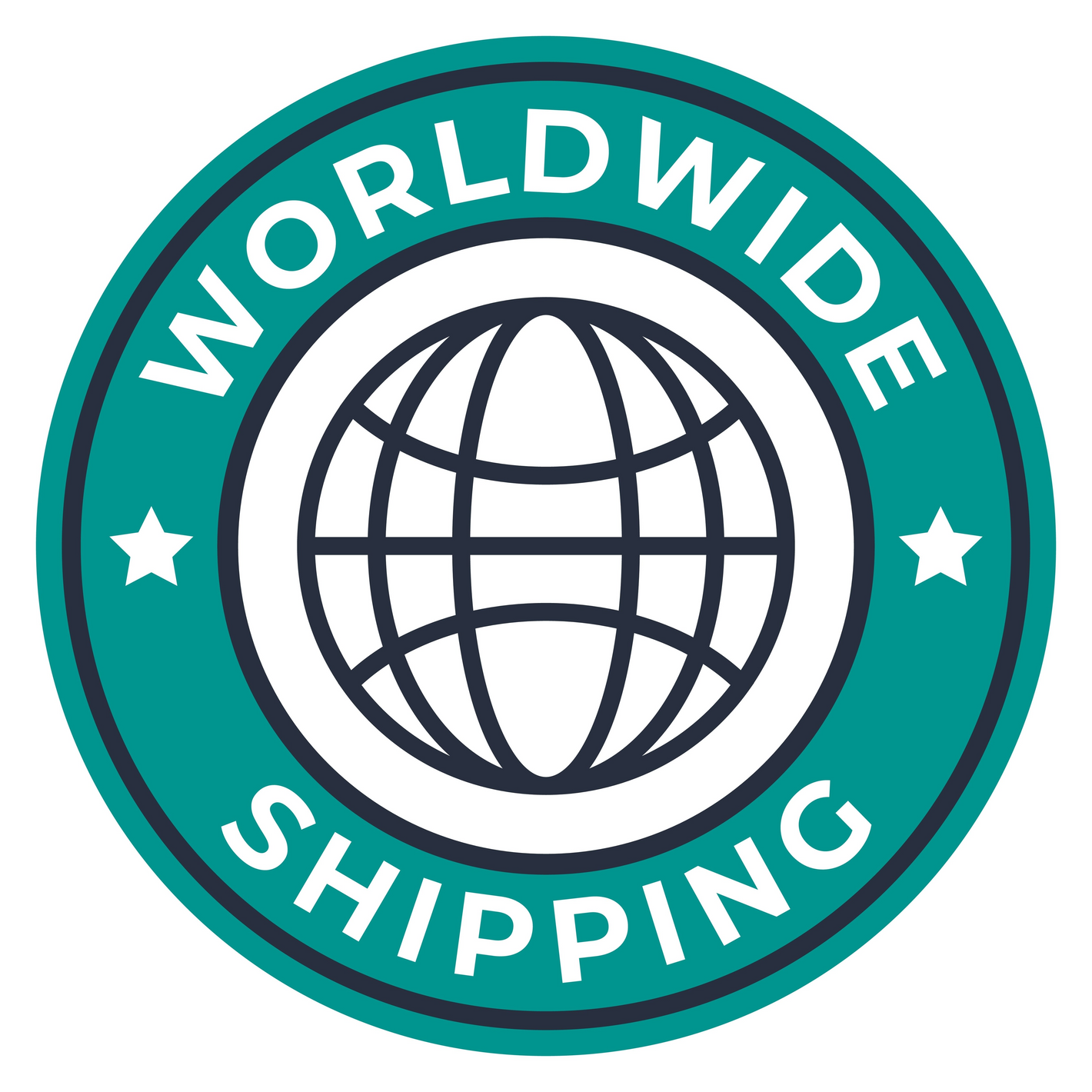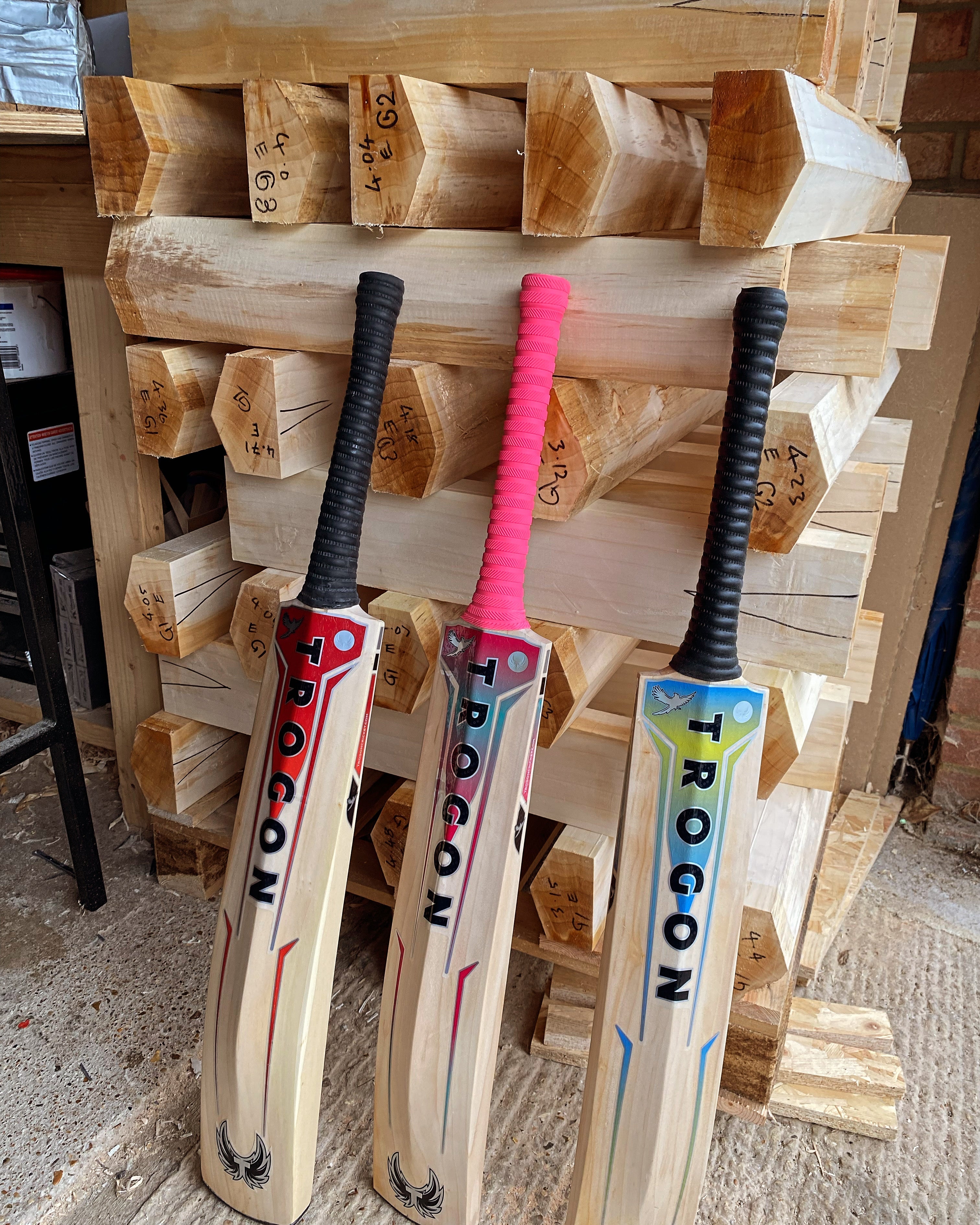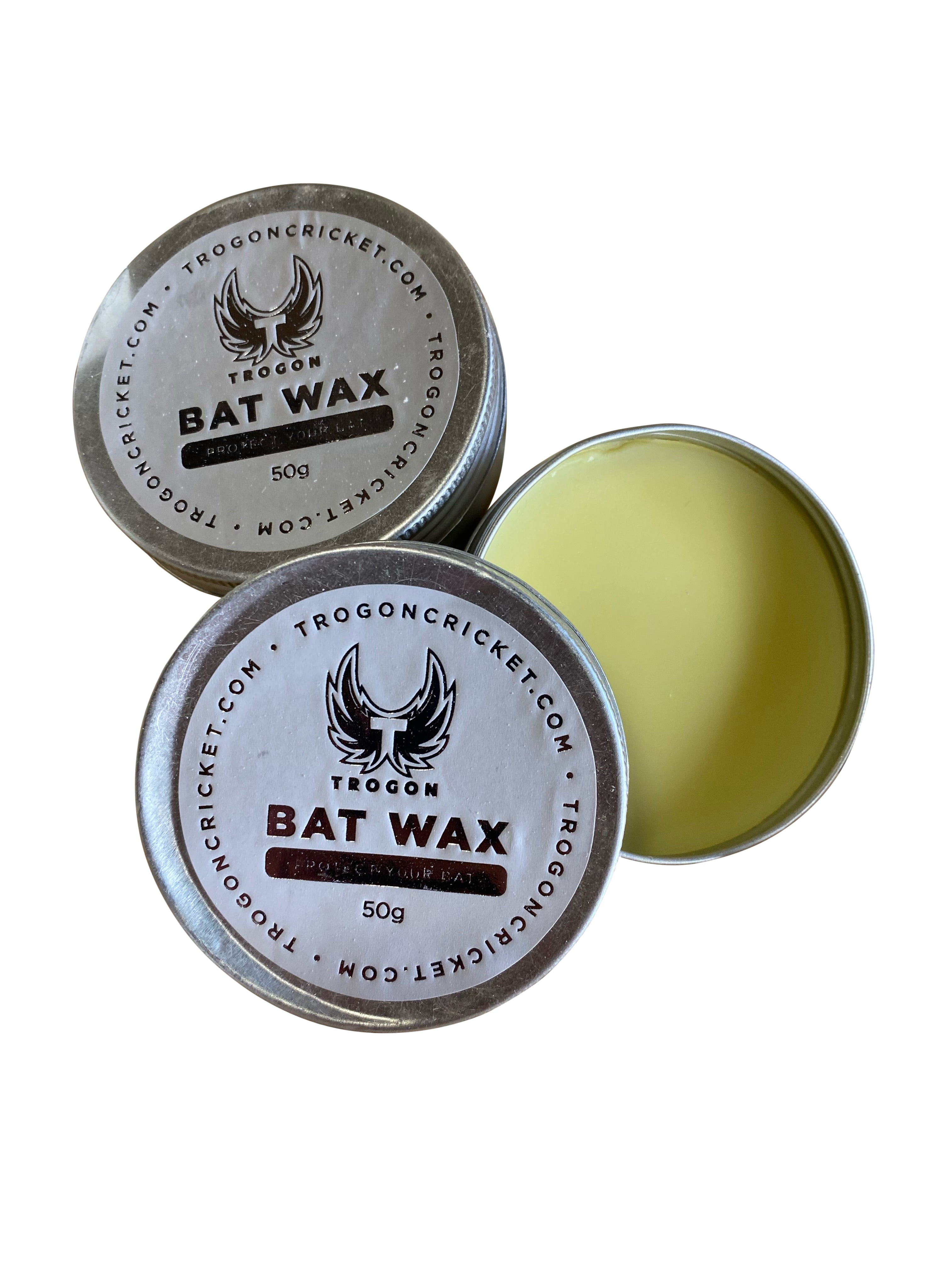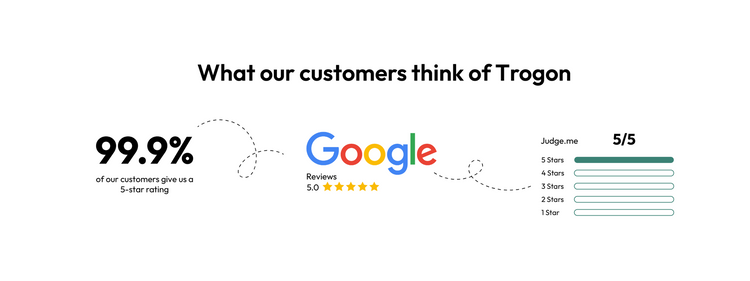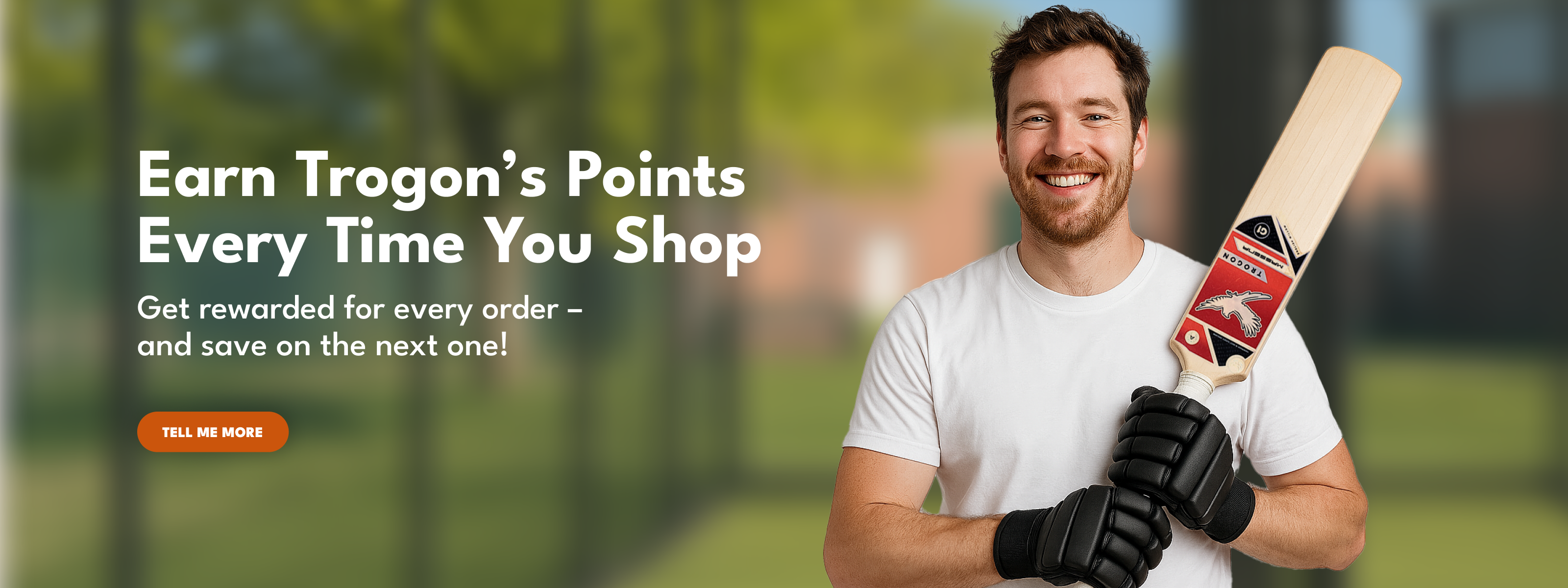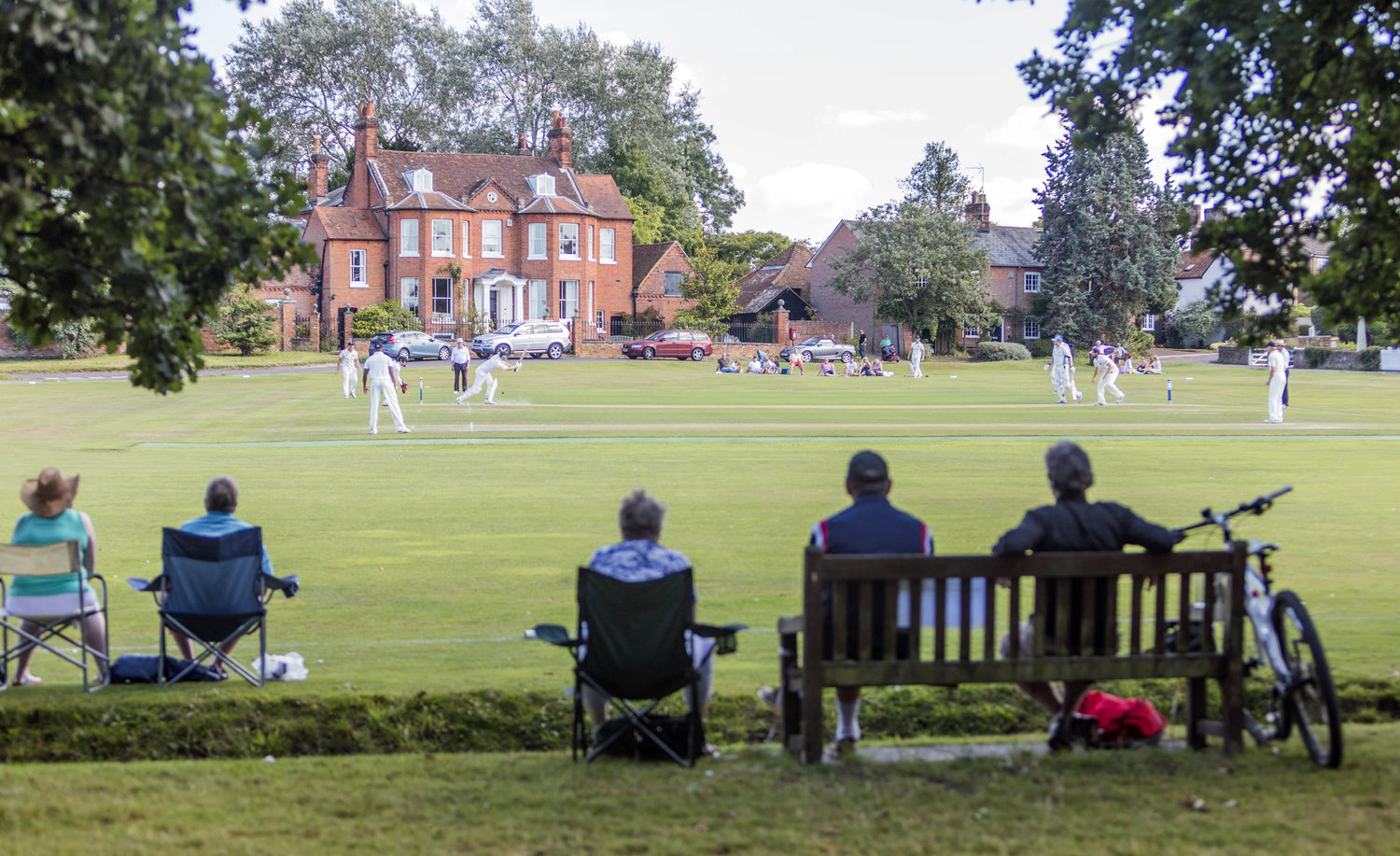The creation of a cricket bat is an art form that has been refined over centuries, combining skill, tradition, and a profound understanding of the game itself. The cricket bat tools have remained largely unchanged for over one hundred years.
In this blog post, we delve into the traditional tools instrumental in making all our cricket bats, including our kids english willow cricket bat, shedding light on their unique roles in bringing a piece of willow to the batting crease.
But what tools are used in making cricket bats?
In crafting cricket bats, traditional tools like flat and concaved planes, drawknives, spokeshaves, heelshaves, and sandpaper of various grits are essential. These tools shape, smooth, and fine-tune the willow, ensuring the bat meets precise standards for performance and aesthetics.
Please continue reading to learn all the traditional details about how we craft a cricket bat.
What Are Professional Cricket Bats Made Of?
Professional players' cricket bats are made from English willow, specifically the Salix alba caerulea species.
This type of willow has been the gold standard for centuries because it combines a light weight with natural resilience, providing the perfect balance of power and control.
Every professional-grade cleft is carefully selected for its straight grains, minimal blemishes, and even moisture content, all of which directly impact how the cricket bat performs and ages over time.
At Trogon Cricket, each cleft begins its journey long before it reaches the workshop.
The willow is grown, felled, and seasoned naturally, ensuring the fibres remain strong and supple. Once delivered, every cleft is examined by hand, with only the best chosen for Players Grade and Grade 1 bats, and all our cricket bat profiles.
From that moment on, the traditional tools take over, planes, spokeshaves, and drawknives, transforming a raw piece of English willow into a finely tuned instrument for the crease or nets.
What Is Used to Make the Finest Cricket Bat?
The finest cricket bats are the result of three key ingredients: high-quality willow, expert craftsmanship, and traditional tools.
While machines can replicate shapes and speed up the process, they can’t replicate the feel. That’s why true bat makers still rely on the touch and intuition that only come from hand tools and experience.
From the first stroke of the flat plane that evens out the cleft to the final sweep of the sandpaper that smooths the surface, every tool plays a vital part.
The concaved plane shapes the spine and weight profile; the drawknife defines the shoulders; and the spokeshave and heelshave refine every curve to create balance and precision. The result is a bat that isn’t just functional, it’s personal, tuned to a player’s style, strength, and preferences and something the maker is proud to showcase.
At Trogon, our finest bats begin with Players Grade English willow, containing between 7 and 12 straight grains with excellent performance characteristics. These clefts are then shaped entirely by hand, ensuring every inch of the bat responds perfectly when used.
Flat Plane - Cricket Bat-Making Tool
A flat plane is one of the most fundamental traditional tools used to make a cricket bat.
This tool is utilised to smooth the surface of the willow, ensuring it is perfectly flat and even.
The craftsman skillfully moves the plane along the grain of the wood, carefully removing any irregularities or rough patches.
This step is crucial in preparing the bat for further shaping and detailing, as it sets the foundation for the bat's balance and performance.

The above image shows the two flat-bottom planes that I use for all bats. I use them intermittently throughout the back-making process.
Concaved Plane - Cricket Bat-Making Tool
Following the initial flattening, a concave plane is used to sculpt the different types of bat profiles.
This tool enables the removal of excess wood from the back of the bat, creating a distinctive concave shape that contributes to the bat's lightweight feel and enhanced pickup.
The precise use of a concave plane is essential in balancing the bat and is based on the raw english willow clefts weight and the desired finished bat weight.

The above image shows the three concaved planes I use for all the bats I make. These smaller planes are used for the more intricate details around the toe area, while the large plane covers the area from the toe to the handle. All three are custom-made and are brilliant.
Drawknife - Cricket Bat-Making Tool
The drawknife is a versatile tool used for shaping and refining the bat's edges and shoulders. With its blade positioned between two handles, we exert control and precision in peeling thin layers of wood.
This tool is pivotal in defining the bat's contours, including the delicate tapering near the handle and the smooth transition into the cleft edges.
The drawknife's ability to remove wood with agility and accuracy is unmatched, making it a staple in the cricket bat-making tools arsenal, but it can take months to master. Once mastered, it is one of the most enjoyable tools to use.

The above image shows me using a drawknife to carve the wood shavings off the raw-handled cleft.
Spokeshaves - Cricket Bat-Making Tool
Spokeshaves are small, hand-held tools designed for the detailed shaping and smoothing of curved surfaces.
In cricket bat shaping, spokeshaves are particularly useful in refining the handle and ensuring it fits comfortably in the player's grip.
The adjustable blades allow for precise control over the amount of wood removed, enabling the batter maker to achieve the perfect shape and finish.
The spokeshave's role is critical in enhancing the bat's ergonomics and ensuring a natural feel in the player's hands, and it is the perfect tool for delicate jobs.

This spokeshave is ancient! I found it about 18 months ago in an antique store, and it's brilliant; it took some time to sharpen, but the results speak for themselves. I use this for multiple reasons, usually around the spine and shoulder area of the bat.
Heelshave - Cricket Bat-Making Tool
The heel shave is similar to a spokeshave but is specifically designed for working on the bat's delicate shape and reducing weight.
Being a finger tool enables precise work, allowing for the removal of small amounts of wood and the creation of the perfect shape.

Like the spokeshave, these tools are old. The black tool was purchased from the States, and luckily, it has never been used. I use these tools for almost all parts of the bat, but especially for the intricate details around the toe and spine area; they are wonderful tools.
Sandpaper (Multiple Grits) - Cricket Bat-Making Tool
Sandpaper, in various grits, is used throughout the bat-making process for smoothing and finishing.
Starting with coarser grits for initial smoothing and moving to finer grits for a polished finish, sandpaper is essential in achieving a silky-smooth surface on both the handle and the blade.
This step not only enhances the bat's aesthetic appeal but also protects the wood and helps in the application of protective coatings.
The careful selection and use of sandpaper grits underscore the attention to detail that goes into crafting a high-quality cricket bat.

The above image shows me hand-sanding the cricket bat. After using the drum sander, I apply various sanding grits, ranging from 1500 to 3000, using the orbital sander.
Do Different Brands Use Different Bat-Making Tools?
Despite the diversity of bat brands worldwide, the tools used to shape them have remained largely unchanged for over a century. Whether you visit a workshop in India, Australia, or here at Trogon Cricket in Sussex, you’ll find the same drawknives, planes, and spokeshaves being used by skilled hands to create bats of every shape and size.
What differentiates one brand from another isn’t the tool kit; it’s the craftsman’s knowledge, feel, and decision-making. How much wood to remove, how deep to concave the back, where to position the spine, or how to taper the edges, these are the secrets passed down from maker to maker. Even within the same brand, no two bats are ever identical, and that’s what makes handmade bats so special.
So, while SG, SS, or Trogon may each have their own finishing touches and preferred profiles, the heart of the process remains the same: traditional tools, traditional craftsmanship, and a shared respect for the art of cricket bat making.
Conclusion
The traditional craftsmanship involved in making cricket bats is a testament to the sport's rich heritage. Tools like the flat plane, concaved plane, drawknife, spokeshaves, heelshave, and different sandpaper grits each play a pivotal role in shaping the bat to meet the demands of the game.
At Trogon Cricket, we pride ourselves on combining these time-honoured techniques with modern precision to create handmade cricket bats that cater to all shapes, sizes, and weights.
Our complete customisation options are designed to meet the batter's personal requirements, ensuring that each player can find their perfect match. A vast selection of grade 1 english willow cricket bat, g2 grade, and grade 3 cricket bat clefts of English willow is available for customisation, along with a price point to suit all budget requirements.
Playing Our Part in Your Cricket Story
We know that cricket is more than just a game; it’s a passion, a community, and a lifetime of memories. That’s why every Trogon bat is made with care, dedication, and pride. We see our role as more than just bat makers; we’re part of your cricket journey.
From the first knock in the nets to the biggest innings of your career, we want to be there with you.
Choosing Trogon means choosing a bat made with honesty, integrity, and the same love for the game that you carry to the crease.
Trogon Product Guarantee
When you buy from Trogon, you’re covered by our 6-month bat guarantee. If your bat cracks or breaks within that period and has been knocked in correctly, we’ll replace it with a new one, simple, fast, and hassle-free. Combine that with your statutory online protections, and you can shop with total peace of mind.
